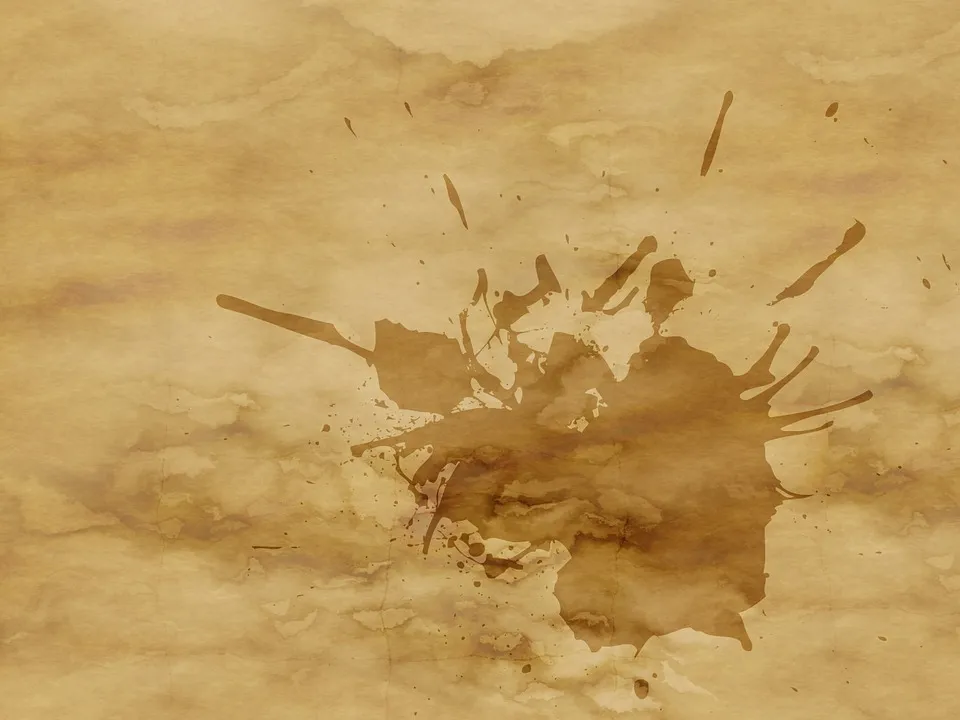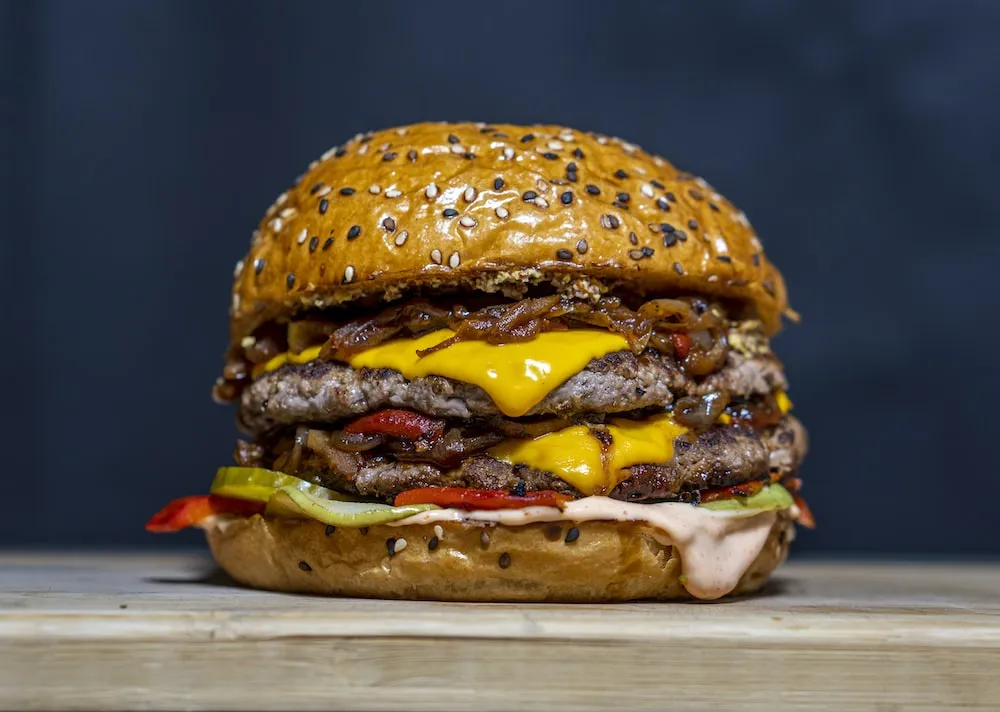Wrapping brisket in parchment paper is a common technique used by pitmasters and home cooks alike. The question of whether or not you can wrap brisket in parchment paper is a popular one, and the answer is yes. Parchment paper is a great alternative to other wrapping materials such as foil or butcher paper.

Wrapping your brisket in parchment paper can help retain moisture and manage temperature during and after smoking the meat. It can also help prevent the formation of unwanted crusts outside of the meat. When wrapping a brisket in parchment paper, it’s important to use butcher’s twine or another type of string to secure the paper tightly around the meat. This will ensure that the meat stays moist and tender while cooking.
What is Brisket Wrapping?
Brisket wrapping is the process of wrapping a brisket in a material that helps to retain moisture and manage temperature during and after the smoking process. Wrapping brisket can be done using different materials such as foil, butcher paper, or parchment paper.
Wrapping a brisket is a popular method used by pitmasters to achieve tender and juicy meat. The wrapping process helps to prevent the meat from drying out while it cooks, and also helps to speed up the cooking process by trapping heat and moisture inside the wrap.
There are different methods of wrapping brisket, and the choice of method depends on the desired outcome and personal preference. Wrapping brisket in parchment paper is a great option as it helps to retain moisture and also manage the temperature during and after smoking the meat.
When smoking brisket, it is important to wrap it at the right time. Wrapping the brisket too early or too late can affect the final outcome of the meat. Generally, it is recommended to wrap the brisket when it reaches an internal temperature of around 160-170°F. This is usually after 4-6 hours of smoking.
Some pitmasters prefer not to wrap their brisket at all. This is known as the Texas crutch method, where the brisket is cooked unwrapped until it reaches an internal temperature of around 160-170°F, then wrapped in foil or butcher paper until it reaches the desired temperature.
In conclusion, wrapping brisket is a great way to achieve tender and juicy meat, and parchment paper is a great material to use for wrapping. The timing of the wrap is crucial, and it is important to find the method that works best for you and your desired outcome.
Why Wrap Brisket in Parchment Paper?
When it comes to cooking a brisket, wrapping it in parchment paper can be a great option. Parchment paper is a moisture-resistant and breathable paper that can help create a juicy and tender brisket. Here are some reasons why you should consider using parchment paper to wrap your brisket:
-
Moisture Retention: Parchment paper can help retain moisture in the brisket, preventing it from drying out during the cooking process. The paper allows the meat to breathe while keeping the moisture inside, resulting in a juicier and more tender brisket.
-
Non-Stick Surface: Parchment paper has a non-stick surface that prevents the brisket from sticking to the paper. This makes it easy to remove the paper without damaging the brisket.
-
Smoke Flavor: Parchment paper does not affect the smoke flavor of the brisket, allowing the meat to absorb all the delicious smoky flavors.
-
Juicy Brisket: Wrapping the brisket in parchment paper can create a steamy environment that helps the meat become more tender and juicy. This is especially helpful during the cooking process when the brisket is prone to drying out.
-
Freezing Meat: Parchment paper can also be used to wrap meat for freezing. It is a great alternative to plastic wrap as it is more breathable and does not trap moisture, preventing freezer burn.
While parchment paper is a great option for wrapping brisket, uncoated butcher paper is also a popular choice. However, butcher paper is not as moisture-resistant as parchment paper, which can result in a drier brisket. Ultimately, the choice between parchment paper and butcher paper comes down to personal preference and cooking style.
In conclusion, using parchment paper to wrap a brisket can result in a juicy and tender meat. The paper’s moisture-resistant and breathable properties help retain moisture and prevent the brisket from drying out, while its non-stick surface makes it easy to remove without damaging the meat. Whether you choose to use parchment paper or butcher paper, wrapping your brisket is a great way to achieve a delicious and succulent meat.
Alternatives to Parchment Paper
While parchment paper is a popular choice for wrapping brisket, there are other alternatives available that can be used instead. Here are some of the most common alternatives to parchment paper:
Aluminum Foil
Aluminum foil is a popular option for wrapping brisket, as it is readily available and easy to use. It is also an excellent choice for keeping the meat moist and tender. However, some people are concerned about the potential health risks associated with using aluminum foil, as it can leach aluminum into the food.
Butcher Paper
Butcher paper is a popular choice for wrapping brisket, as it allows the meat to breathe while still providing a protective barrier. It is also a great option for those who prefer a more natural and eco-friendly alternative to aluminum foil. However, it is important to note that butcher paper is not non-stick, so it may not be the best choice for those who are looking for a wrapper that will prevent the meat from sticking.
Baking Paper
Baking paper, also known as parchment paper, is a popular choice for wrapping brisket, as it is non-stick and easy to use. It is also a great option for those who are concerned about the potential health risks associated with using aluminum foil. However, it is important to note that baking paper is not as strong as other options, so it may tear or break if it is not handled carefully.
Peach Paper
Peach paper, also known as unbleached and unwaxed paper, is a popular choice for wrapping brisket, as it is strong and durable. It is also a great option for those who prefer a more natural and eco-friendly alternative to aluminum foil. However, it can be difficult to find, and it may be more expensive than other options.
Overall, there are several alternatives to parchment paper that can be used for wrapping brisket. Each option has its own benefits and drawbacks, so it is important to choose the one that best suits your needs and preferences.
How to Wrap Brisket in Parchment Paper?
Wrapping brisket in parchment paper is a great way to keep it moist and juicy during the smoking process. Here are some step-by-step instructions on how to wrap brisket in parchment paper:
-
Prepare the brisket: Before wrapping the brisket, you need to prepare it by seasoning it with your preferred rub and letting it sit for a few hours. You can also inject it with apple cider vinegar to add some moisture.
-
Wrap the brisket: Take a large piece of parchment paper and place it on a flat surface. Place the brisket in the center of the paper and wrap it tightly. Use butcher’s twine or another type of string to secure the paper around the meat tightly.
-
Add a disposable towel: To prevent the parchment paper from sticking to the brisket, you can add a disposable towel between the paper and the meat.
-
Place the brisket on the grates: Once the brisket is wrapped, place it on the grates of your smoker, making sure it is not directly over the burning coals or flame.
-
Smoke the brisket: Smoke the brisket until it reaches an internal temperature of 195-205°F. This can take anywhere from 10-12 hours, depending on the size of the brisket.
-
Check the brisket: After a few hours, check the brisket to make sure it is not sticking to the parchment paper. If it is, you can add another layer of paper or remove the paper altogether.
Wrapping brisket in parchment paper is a great way to keep it moist and juicy during the smoking process. It is also a great way to prevent the formation of unwanted crusts outside of the meat. Give it a try the next time you smoke a brisket!

The Science Behind Brisket Wrapping
« Chewy Brisket: Causes and Solutions
Can You Brine a Pre-Brined Turkey? »
Wrapping brisket in parchment paper has become a popular technique among pitmasters and barbecue enthusiasts. But what is the science behind it? Let’s take a closer look at how wrapping brisket in parchment paper affects the cooking process and the final product.
One of the main reasons to wrap brisket in parchment paper is to retain moisture. As the brisket cooks, it releases juices which can evaporate and dry out the meat. Wrapping the brisket in parchment paper helps to trap these juices, keeping the meat moist and preventing it from drying out.
In addition to retaining moisture, wrapping brisket in parchment paper can also help to create a crunchy bark. The parchment paper allows the brisket to steam, which helps to soften and break down the bark. Once the brisket is unwrapped, the bark will be moist and pliable, making it easier to slice and serve.
Another benefit of wrapping brisket in parchment paper is that it can help to speed up the cooking time. When the brisket reaches a certain internal temperature, it can enter a phase known as “the stall.” During this phase, the meat’s internal temperature can plateau for several hours, which can significantly lengthen the cooking time. Wrapping the brisket in parchment paper can help to power through the stall, reducing the overall cooking time.
It’s important to note that wrapping brisket in parchment paper is not without its drawbacks. For example, wrapping the brisket can trap excess fat, which can make the meat greasy. Additionally, wrapping the brisket can prevent the formation of a crunchy bark, which is a hallmark of traditional Texas-style barbecue.
In conclusion, wrapping brisket in parchment paper can be a useful technique for pitmasters looking to retain moisture, speed up the cooking time, and create a softer bark. However, it’s important to weigh the pros and cons before deciding whether or not to use this technique.














